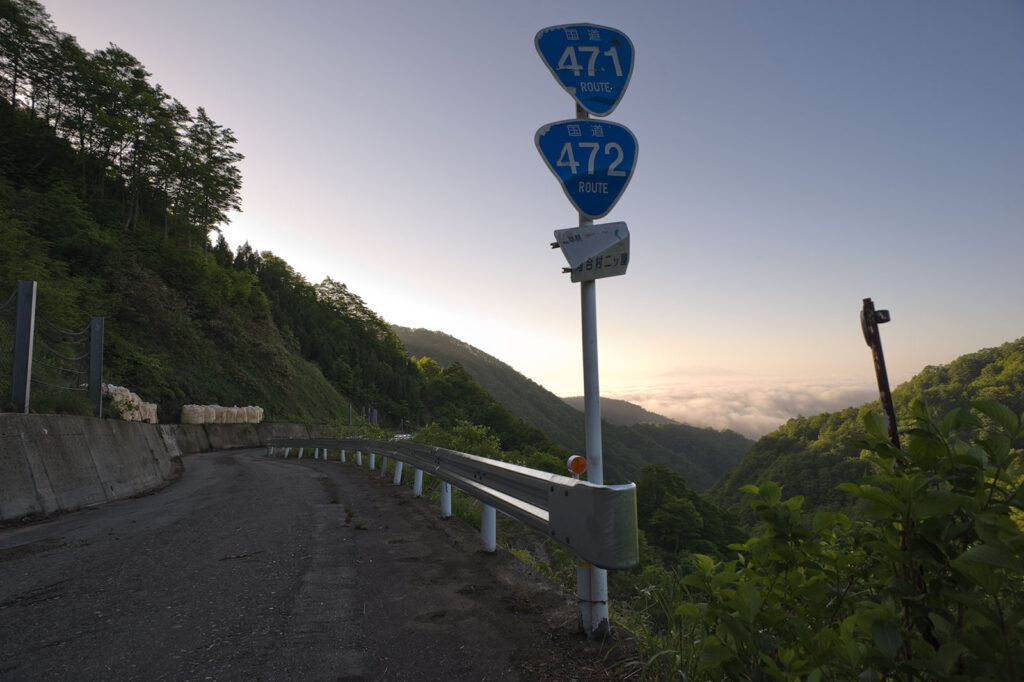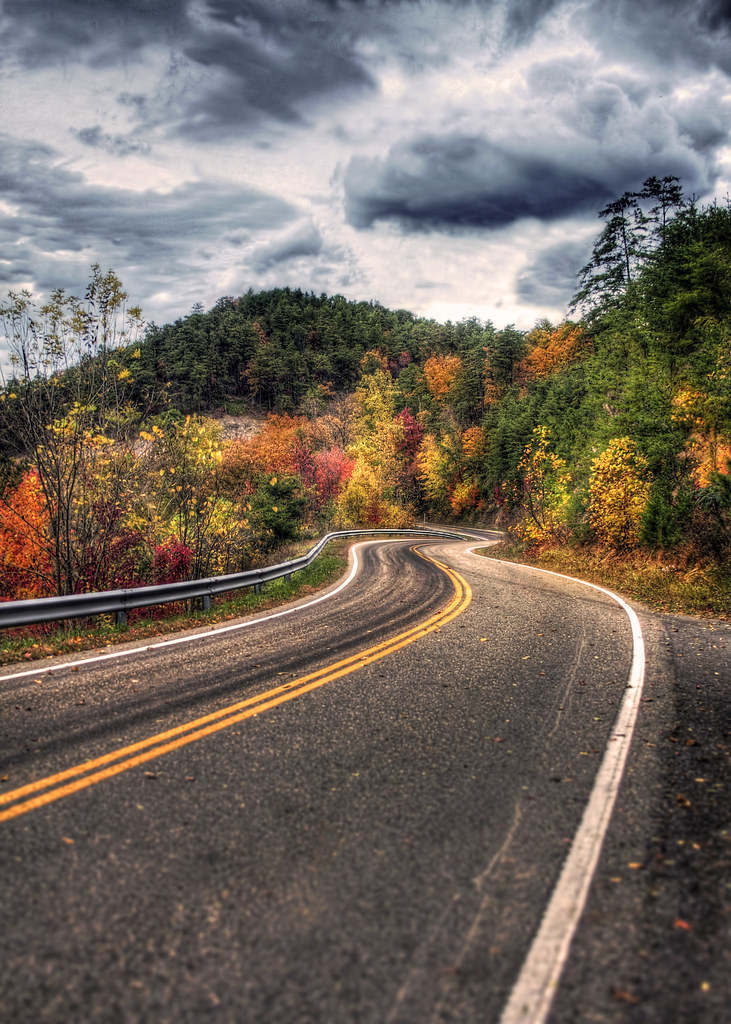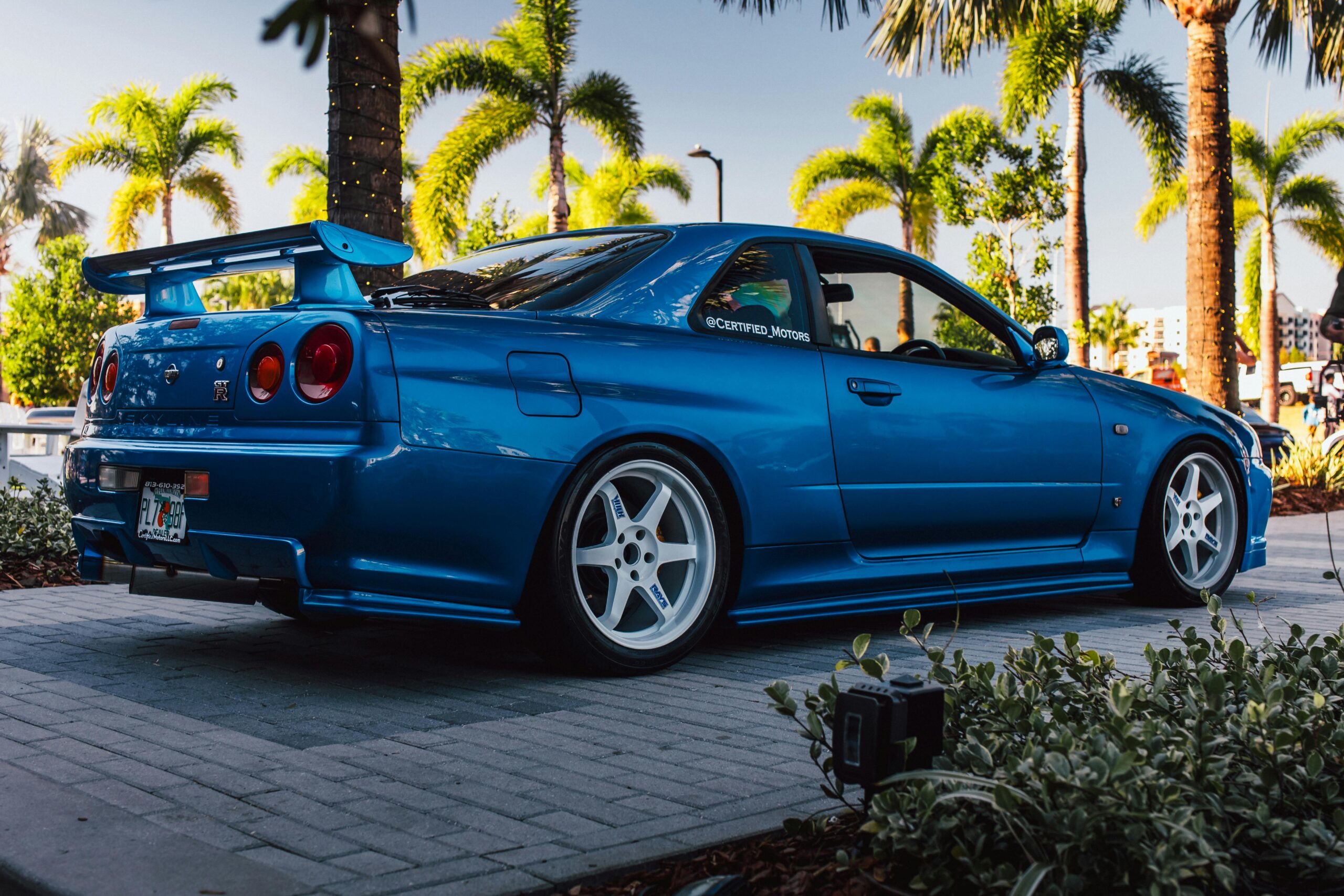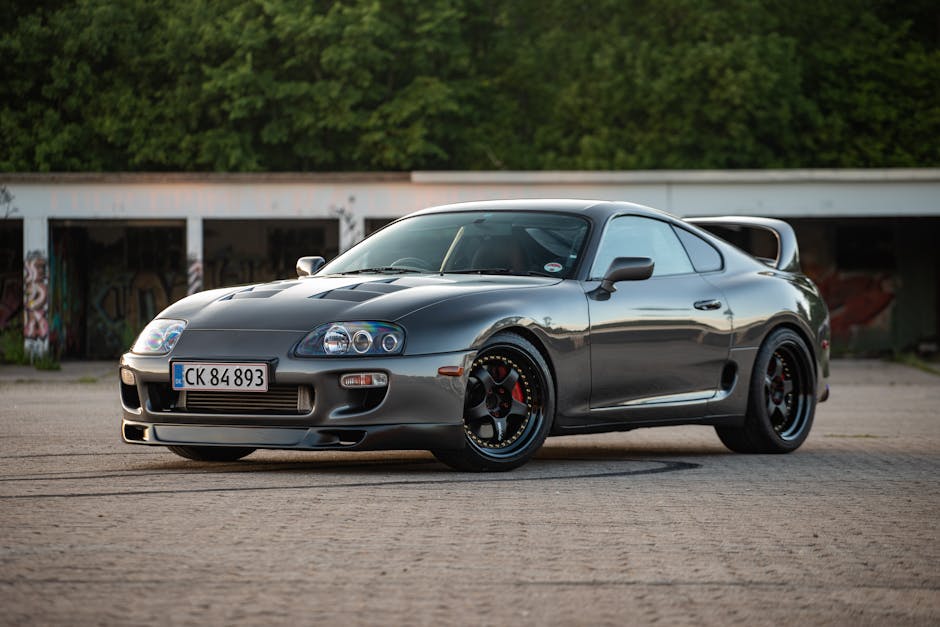Touge racing, also known as mountain racing, is a form of motorsport that originated in Japan. The word “touge” translates to “mountain pass” in Japanese, and this type of racing involves driving at high speeds on winding mountain roads. Touge racing is known for its challenging and technical nature, as drivers must navigate tight corners and steep inclines while maintaining control of their vehicles.
The history of touge racing can be traced back to the 1950s in Japan. It began as an underground activity, with car enthusiasts gathering late at night to test their driving skills on mountain roads. Over time, touge racing gained popularity and evolved into a formal motorsport discipline. Today, it is recognized as a legitimate form of racing in Japan and has also gained a following in other parts of the world.
Key Takeaways
- Touge racing is a form of racing that takes place on mountain roads in Japan.
- The best cars for touge racing are lightweight, agile, and have good power-to-weight ratios.
- Safety is crucial in touge racing, and drivers should always wear helmets and use proper safety equipment.
- Mastering the techniques of touge racing requires practice and patience, including learning how to brake and accelerate smoothly.
- Suspension set-up and tire choice are important factors in touge racing, as they can greatly affect a car’s handling and performance.
The Best Cars for Touge Racing

When it comes to touge racing, certain characteristics make a car well-suited for this type of racing. Firstly, a good touge racing car should have excellent handling capabilities. This means it should be responsive to steering inputs and have a balanced chassis that allows for precise cornering. Additionally, a lightweight car is preferred as it can navigate the tight corners and steep inclines more effectively.
Some popular cars for touge racing include the Mazda MX-5 Miata, Subaru WRX STI, Honda S2000, and Toyota GT86. These cars are known for their nimble handling and are often modified with performance upgrades to enhance their capabilities on mountain roads. It is important to note that while these cars are commonly used for touge racing, any car can be used as long as it meets the necessary safety requirements.
Mastering the Techniques of Touge Racing

To excel in touge racing, it is important to master certain driving techniques. One of the key techniques is braking. Proper braking technique involves applying the brakes smoothly and progressively, rather than slamming on them suddenly. This allows for better control of the car and prevents it from skidding or losing traction.
Cornering is another important technique in touge racing. When approaching a corner, it is essential to slow down before entering and then gradually accelerate through the turn. This helps maintain control of the car and prevents it from sliding or spinning out. It is also important to look ahead and anticipate the next corner, adjusting your speed and line accordingly.
Acceleration techniques are also crucial in touge racing. When exiting a corner, it is important to apply the throttle smoothly and progressively to avoid wheel spin or loss of traction. Proper throttle control allows for better acceleration out of corners and helps maintain stability throughout the race.
The Importance of Suspension Set-Up for Touge Racing

The suspension set-up of a car plays a significant role in its handling characteristics, especially in touge racing. A well-tuned suspension can improve grip, stability, and overall performance on mountain roads. One of the key factors to consider when setting up your suspension for touge racing is the balance between comfort and performance.
A stiffer suspension can provide better handling and responsiveness, but it may also result in a harsher ride. On the other hand, a softer suspension may offer a more comfortable ride, but it may sacrifice some performance. Finding the right balance is crucial, and it often requires experimentation and fine-tuning.
Another important aspect of suspension set-up is adjusting the ride height. Lowering the car’s center of gravity can improve stability and reduce body roll during cornering. However, it is important to ensure that the car has enough ground clearance to navigate uneven surfaces and speed bumps without scraping the undercarriage.
Choosing the Right Tires for Touge Racing

Tire grip is essential in touge racing, as it directly affects the car’s ability to maintain traction on mountain roads. The right tires can provide better grip, allowing for faster cornering speeds and improved overall performance. When choosing tires for touge racing, there are several factors to consider.
Firstly, it is important to choose tires with a high level of grip. This can be determined by looking at the tire’s tread pattern and compound. Tires with a more aggressive tread pattern and a softer compound tend to offer better grip but may wear out faster. It is also important to consider the weather conditions in which you will be racing, as certain tires perform better in wet or dry conditions.
Another factor to consider is tire size. Wider tires generally provide better grip, but they may also increase rolling resistance and affect fuel efficiency. It is important to find the right balance between grip and other performance factors when selecting tire size.
The Role of Aerodynamics in Touge Racing

Aerodynamics plays a crucial role in touge racing, as it affects the car’s performance at high speeds. Proper aerodynamic modifications can improve stability, reduce drag, and increase downforce, allowing for better handling and faster lap times.
One of the key areas to focus on when improving aerodynamics for touge racing is reducing drag. This can be achieved by adding aerodynamic components such as front splitters, side skirts, and rear diffusers. These components help streamline the airflow around the car, reducing turbulence and drag.
Another important aspect of aerodynamics is increasing downforce. Downforce is the force that pushes the car down onto the road, improving traction and grip. This can be achieved by adding a rear wing or spoiler, which creates a downward force that helps keep the car stable at high speeds.
The Best Mountain Roads for Touge Racing

Touge racing is often associated with specific mountain roads that are known for their challenging and technical nature. These roads provide the perfect backdrop for touge racing, with their tight corners, steep inclines, and scenic views. Some of the most popular touge racing routes include the Hakone Turnpike in Japan, the Stelvio Pass in Italy, and the Tail of the Dragon in the United States.
When looking for a good touge racing road, there are several characteristics to consider. Firstly, the road should have a good mix of corners, including hairpin turns, sweepers, and esses. This allows drivers to test their skills in different types of corners and adapt to various racing conditions.
The road should also have a smooth surface with good grip. Uneven surfaces or loose gravel can affect traction and make it more difficult to maintain control of the car. Additionally, it is important to consider traffic conditions on the road. Less traffic means fewer distractions and a safer racing environment.
The Dos and Don’ts of Touge Racing
As with any form of motorsport, there are rules and regulations that must be followed when participating in touge racing. It is important to familiarize yourself with these rules to ensure a safe and fair racing environment. Some of the dos and don’ts of touge racing include:
Dos:
– Do wear the appropriate safety gear, including a helmet, racing suit, gloves, and racing shoes.
– Do drive within your limits and be aware of your surroundings.
– Do maintain a safe distance from other vehicles on the road.
– Do use your signals when changing lanes or making turns.
– Do respect other drivers on the road and be a responsible touge racing driver.
Don’ts:
– Don’t exceed the speed limit or engage in reckless driving.
– Don’t race on public roads outside of designated touge racing areas.
– Don’t drive under the influence of alcohol or drugs.
– Don’t modify your car in a way that compromises safety or legality.
– Don’t engage in aggressive or dangerous driving behavior.




Add your first comment to this post